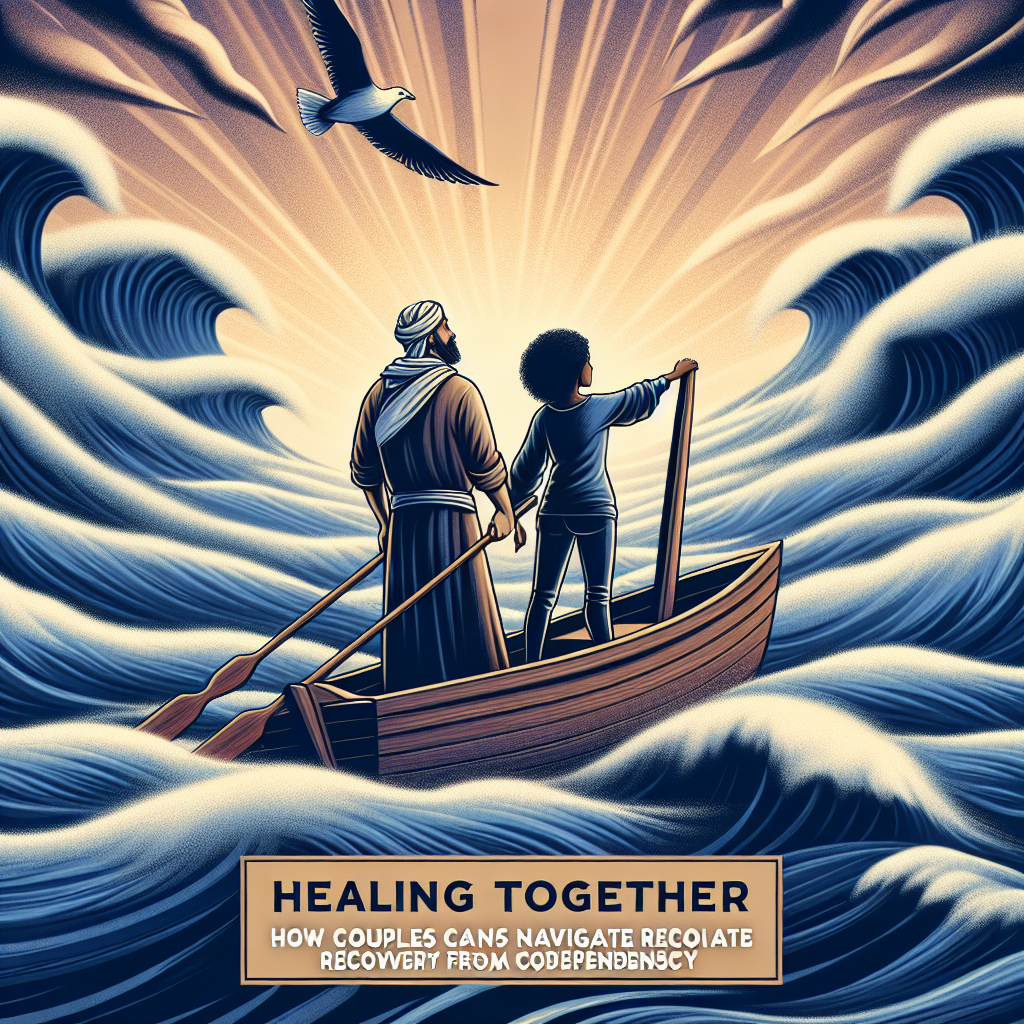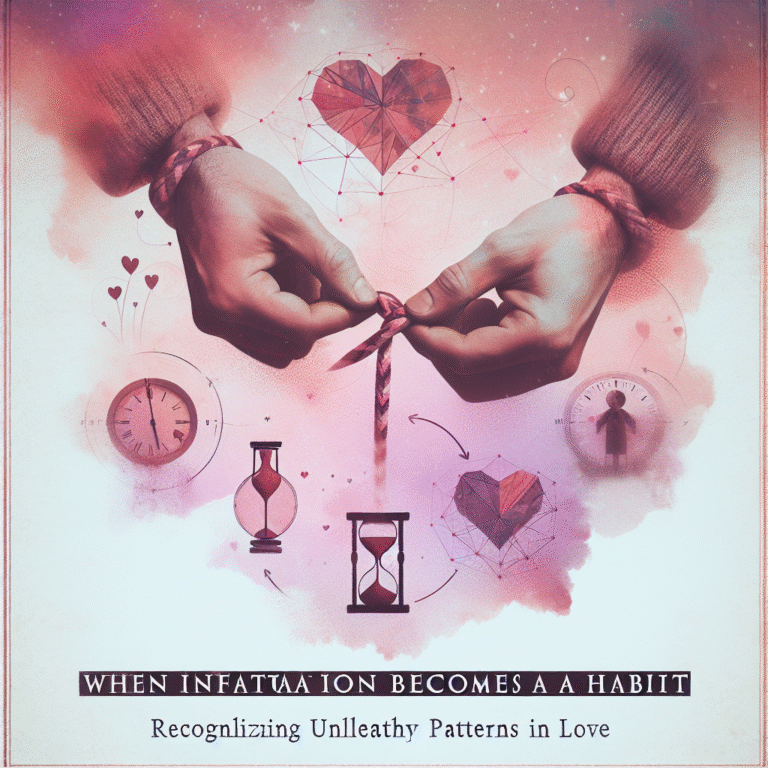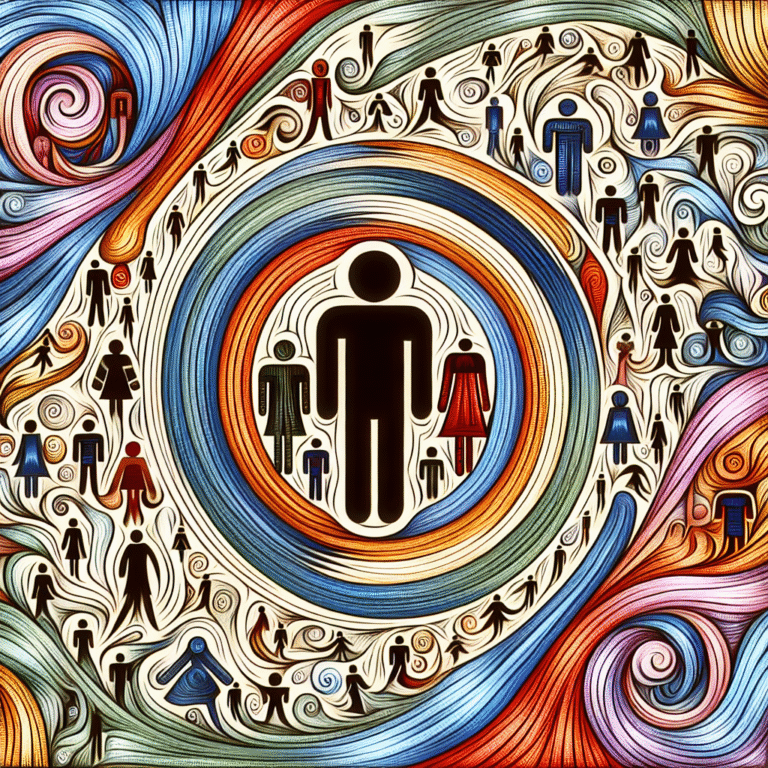
Introduction
In the intricate dance of romantic relationships, codependency can feel like a shadow looming over the joy and intimacy that couples seek. It’s a condition that often goes unnoticed until it manifests in unhealthy patterns, creating emotional disconnection, frustration, and resentment. Healing Together: How Couples Can Navigate Recovery from Codependency is the essential journey for couples who aspire to redefine their relationship dynamics, cultivate emotional independence, and foster genuine intimacy.
Understanding codependency is not just an emotional task but a critical pathway to revitalizing a relationship. It involves recognizing enmeshment—when one partner’s needs overshadow the other’s—and fostering a sense of individual self-worth. In this article, we will explore strategies to recover from codependency, highlighting practical steps couples can take, backed by real-world case studies, tools, and techniques that simplify the recovery process.
Understanding Codependency
What is Codependency?
Codependency is often misconstrued as simply needing one another, but it delves deeper into unhealthy relational patterns. It involves excessive emotional or psychological reliance on a partner, often to the detriment of one’s self-esteem and individuality.
Key Characteristics of Codependency:
- Low Self-Esteem: Feeling unworthy unless you are providing for or supporting your partner.
- People-Pleasing: Constantly seeking approval, often at the cost of your own needs and wants.
- Fear of Abandonment: An intense fear of being left alone, which leads to clingy behaviors.
- Control Issues: A tendency to manipulate situations or people to feel secure.
Case Study: Anna and Mark
Anna and Mark had been together for over five years, yet their relationship was plagued by an imbalance. Mark’s constant need for validation and Anna’s subsequent desire to please him created a cycle where neither felt fulfilled. They often fought about small issues that stemmed from Anna’s inability to prioritize her feelings.
This cycle of dissatisfaction led Anna to seek therapy, where she learned about codependency. Understanding their relational dynamics was the first step for Anna and Mark in recognizing the need to change. They embarked on a journey of recovery through open communication and setting boundaries.
Steps for Healing Together
1. Acknowledgment and Awareness
Recognizing the presence of codependency is the first step toward change. Couples should engage in honest discussions about their patterns and behaviors.
Actionable Insights:
- Journaling: Each partner can maintain a journal to reflect on triggers and behaviors that stem from their codependent patterns.
- Seek Feedback: Encourage open dialogues about feelings.
2. Open Communication
Effective communication is essential. It involves not just speaking but actively listening.
Tools for Effective Communication:
- The "I" Statement: Replace accusatory language with personal feelings. For instance, “I feel neglected when you prioritize other commitments over our time” instead of “You always put everyone else first.”
3. Establishing Boundaries
Learning to set and respect boundaries is crucial while navigating recovery from codependency.
Tips for Setting Boundaries:
- Use clear and direct language when expressing needs.
- Respect each other’s boundaries and reinforce them consistently.
Case Study: Lisa and Tom
Lisa realized the extent of her codependency when Tom began feeling suffocated. After they mutually agreed to identify and respect boundaries, both experienced newfound freedom. Lisa emphasized her need for alone time, while Tom committed to confiding in friends about his own feelings. This process significantly reduced tension and increased mutual respect.
Tools and Techniques for Recovery
1. Therapy
Professional help can guide couples in navigating complex emotional landscapes and facilitate growth.
Types of Therapy:
- Couples Therapy: A safe space to communicate openly with the help of a professional.
- Individual Therapy: Focused on personal growth where one identifies their codependent behaviors.
2. Support Groups
Finding a support community can be immensely beneficial.
Benefits of Support Groups:
- Shared experiences can provide validation and understanding.
- Collective wisdom can offer strategies to navigate recovery.
Chart: Recovery Steps Overview
| Step | Description | Tools/Resources |
|---|---|---|
| Acknowledgment & Awareness | Recognize codependency patterns | Journaling, self-reflection |
| Open Communication | Engage in honest dialogues | The "I" statement |
| Establishing Boundaries | Respect each other’s limits | Clear communication, reinforcement |
| Therapy | Professional guidance | Individual and couples therapy |
| Support Groups | Community support and shared experiences | Local or online groups |
Long-Term Strategies for Success
1. Continued Education
Knowledge empowers change. Couples can read books, attend workshops, or watch informative videos on healthy relationships.
Useful Resources:
- "Codependent No More" by Melody Beattie
- Workshops focused on relationship health
2. Practice Self-Care
Prioritizing self-care helps individuals rediscover their identity outside the relationship.
Self-Care Ideas:
- Engage in hobbies that bring joy.
- Spend quality time with friends independently.
3. Celebrate Progress
Acknowledge efforts, both big and small.
Acknowledgment Tactics:
- Weekly check-ins where each partner highlights positive changes.
- Set relationship milestones and celebrate them together.
Conclusion
Healing together from codependency is both a journey and a shared commitment. It requires awareness, communication, respect, and a deep, personal investment from both partners. The path can be challenging, but stepping into a healthier relationship dynamic leads to fulfilling love built on mutual respect and authenticity. By taking actionable steps, encouraging each other, and seeking external support, couples can redefine the foundations of their relationships. It’s essential to remember that the journey towards healing is continuous—each day offers opportunities to grow closer and stronger together.
FAQ Section
1. What are the signs of codependency in a relationship?
Signs include low self-esteem, excessive people-pleasing, fear of abandonment, and control issues, as well as difficulty setting boundaries.
2. Can codependency be improved without therapy?
While therapy aids significantly in recovery, couples can improve by actively acknowledging issues, communicating openly, and setting personal boundaries.
3. What role does self-care play in recovering from codependency?
Self-care rejuvenates individuals, allowing them to foster self-worth and independence, which are crucial for a balanced relationship.
4. How can couples effectively communicate their needs?
Using "I" statements, listening actively, and embracing vulnerability foster honest discussions about personal needs and desires.
5. Is recovery from codependency a quick process?
No, recovery is a gradual process that requires consistent effort, patience, and support from both partners.
Navigating codependency might seem daunting, but by understanding its complexities and committing to change together with empathy and care, couples can build stronger, healthier relationships. Healing together is indeed not just possible; it can lead to a more fulfilling love that flourishes independently and collectively.















